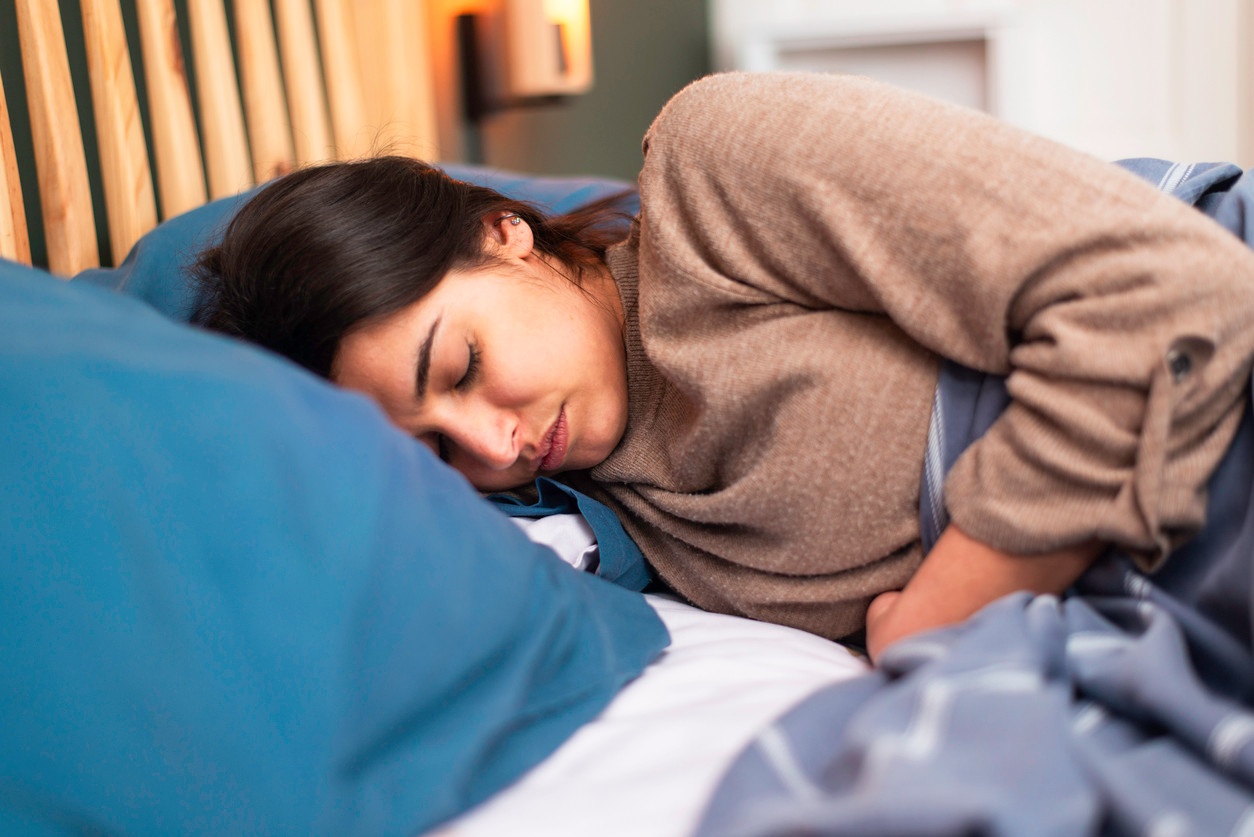How to sleep with intercostal muscle strain: tips and exercises
Discover how to sleep comfortably with intercostal muscle strain and get pain relief tips from Hinge Health physical therapists.
$0 cost to you
Published Date: Jun 11, 2025
Table of Contents
Stretches for intercostal muscle strain relief
Want expert care? Check if you're covered for our free program →- Seated side bend
- Scapular squeeze
- Cat cow
- Standing forward bend
- Diaphragmatic breathing
